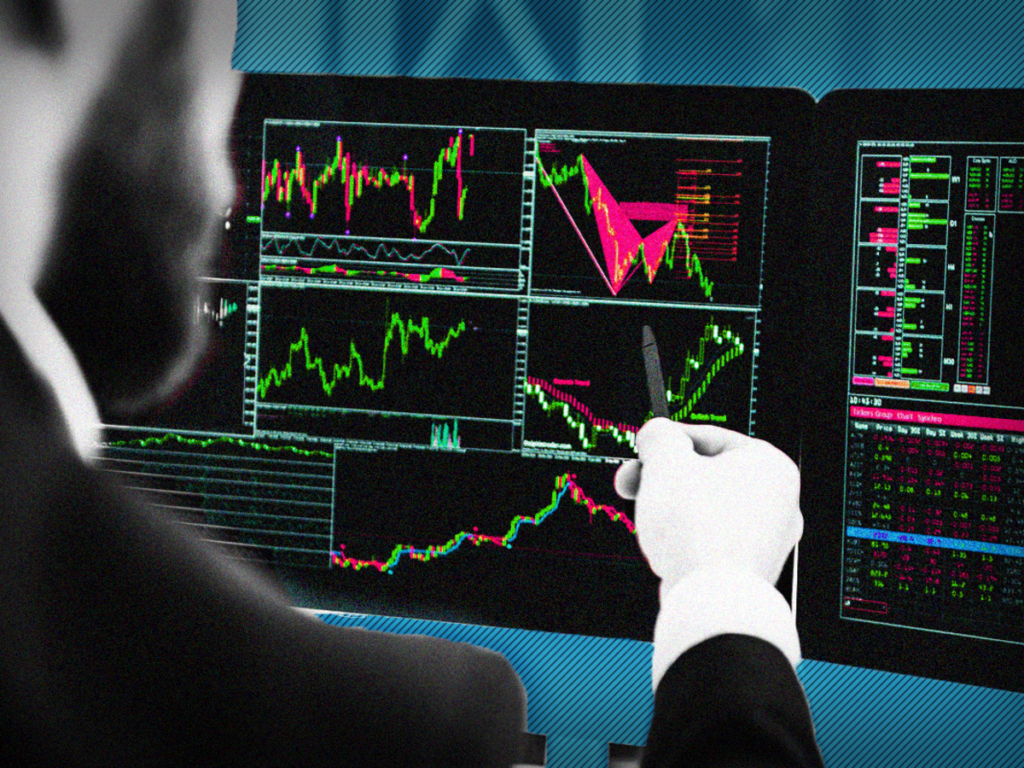Risks of algorithmic high frequency trading
What is High-Frequency Algorithmic Trading (HFT)?
Algorithmic trading (or “algo” trading) refers to the use of computer algorithms (essentially a set of rules or instructions that allow a computer to perform a certain task) to trade large blocks of stocks. or other financial assets by minimizing the market impact of such transactions. Algorithmic trading involves entering trades based on defined criteria and dividing those trades into smaller lots so that the price of the stock or asset is not significantly affected.
The advantages of algorithmic trading are obvious: it guarantees the “best execution” of trades because it minimizes the human element and can be used to trade multiple markets and assets much more efficiently than a real trader could hope to.
MAIN POINTS TO REMEMBER
Algorithmic trading refers to the use of computer algorithms to trade large blocks of stocks or other financial assets while minimizing the impact of such transactions on the market.
Algorithmic trading involves placing trades based on defined criteria and dividing those trades into smaller lots so that the price of the asset is not significantly affected.
The main advantages of algorithmic trading are that it guarantees the “best execution” of trades, as it minimizes the human element and can trade more markets and assets much more efficiently than a human trader could.
As the term suggests, high-frequency trading (HFT) involves placing thousands of orders at incredibly fast speeds.
Although algorithmic trading and high-frequency trading have likely improved market liquidity and consistency of asset prices, their use has also brought certain risks, mainly its ability to amplify systemic risk

Understanding Algorithmic High Frequency Trading
High-Frequency Trading (HFT) takes algorithmic trading to a whole new level – think of it like “algo” trading on steroids. As the term implies, high-frequency trading involves placing thousands of orders at incredibly fast speeds. The goal is to make small profits on each trade, often by capitalizing on price differences for the same stock or asset in different markets. HFT is opposed to traditional long-term, buy-and-hold investing, as arbitrage and market-making activities are core HFT activities that typically occur within a small trading window. time before price gaps or gaps disappear.
Algorithmic trading and HFT have become an integral part of financial markets due to the convergence of several factors, including the growing role of technology in today’s markets, the increasing complexity of financial instruments and products and the relentless search for greater efficiency in trade execution and lower transaction costs. Although algorithmic trading and HFT have likely improved market liquidity and asset price consistency, their increasing use has also created certain risks that cannot be ignored.
Biggest risk : amplification of systemic risk One of the biggest risks of algorithmic HFT is that it poses a burden on the financial system. A July 2011 report by the Technical Committee of the International Securities Organization (IOSCO) noted that due to the strong interconnections between financial markets, such as those in the United States, algorithms operating between markets can quickly transmit shocks from one market to another. , thereby amplifying systemic risk. The report cited the May 2010 Flash Crash as a prime example of this risk. of May 6, 2010. Dow Jones immersed nearly 1,000 points on an intraday basis, which was the largest reference point on record No. , while the IOSCO report notes, many stocks and fund
Why does high-frequency algorithmic trading amplify systemic risk?
i.e. stock price fluctuations
Investment grade bonds such as AAA corporate debt and US government bonds provide income interest through semi-annual payments, while major stock companies offer quarterly dividends to boost yield. Instead of reinvesting distributions, retired investors can receive cash to support retirement income, personal savings and government grants.
While trading daily, highly rated bonds and treasuries generally don’t experience the wild price swings that stocks might experience. Therefore, the stability of fixed-rate securities prevents wild jumps in the stock price of a balanced mutual fund. In addition, the prices of debt securities do not move in tandem with equities and may move in the opposite direction. This bond stability provides balanced funds with ballast, further smoothing your portfolio’s return on investment over time.





